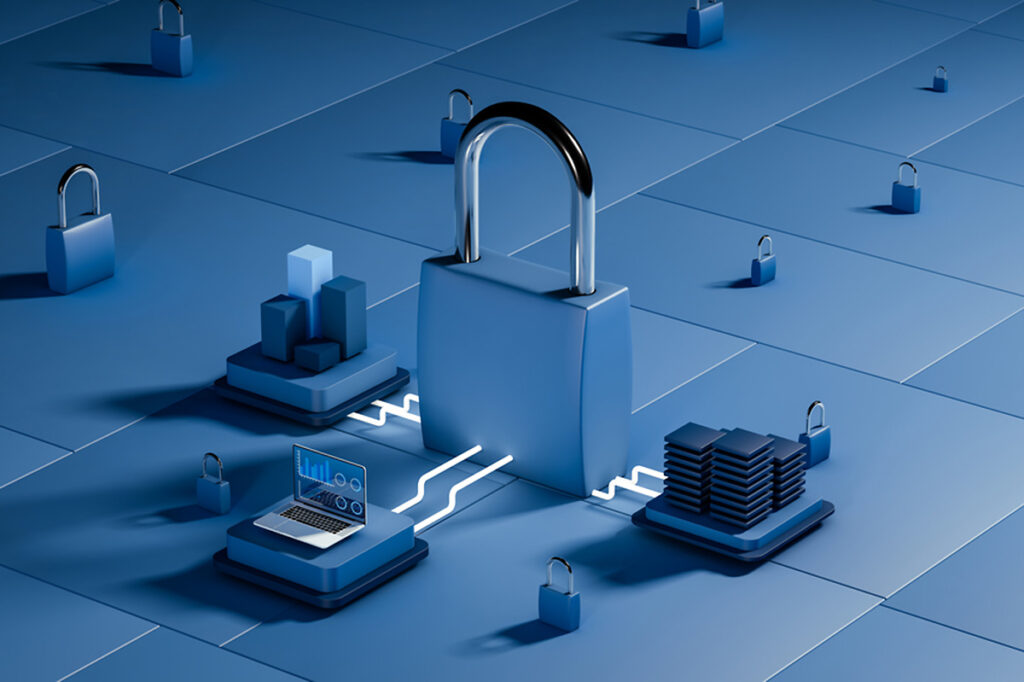Youãve got a thriving business, smooth operations, loyal customers, and a growing mountain of data. Life is good… until a cybercriminal strolls into your digital backyard, pokes around, and walks off with your sensitive information like itãs a clearance-sale flat screen.ô
Enter encryption: the unsung hero of cybersecurity. Cloaked in math and mystery, itãs the digital bodyguard your data deserves.ô
What the Heck Is Encryption, Anyway?ô
Encryption is the art (and science) of scrambling data so that only authorized folks can unscramble it. Think of it like sending a secret message in a locked treasure chestãwith only the right key able to open it. To everyone else, it looks like gibberish. Beautiful, unreadable, utterly useless gibberish.ô
When done right, even the savviest hackers would need more computing power than the sun has heat to crack it.ô
Why Should Your Business Bother? 
Glad you asked. Hereãs the short answer: because your data is worth more than you think. ô
And hereãs the slightly longer answer:ô
- ÞÀÿ¡ Protects Confidential Info ã Employee records, customer credit cards, trade secretsãencryption keeps them from becoming hacker snack food.ô
- ÞÎ Safeguards Data in Transit & Storage ã Whether it’s zipping through the internet or snoozing on a hard drive, encrypted data stays safe.ô
- ãÿ¡ Helps with Compliance ã Regulations like GDPR, HIPAA, and PCI-DSS arenãt suggestionsãtheyãre mandatory. Encryption helps keep you on the right side of the law (and out of fine-ville).ô
- Þ Builds Trust ã Customers want to know youãre not storing their sensitive data in a digital shoebox. Encryption shows youãre serious about security.ô
Types of Encryption (Donãt Worry, Weãll Keep It Non-Boring)ô
- Symmetric Encryption ã One key to lock, the same key to unlock. Fast and efficient. Think: secret handshakes.ô
- Asymmetric Encryption ã One key to lock (public), another to unlock (private). Slower, but great for secure communication. Think: James Bond with two phones and a laser watch.ô
- End-to-End Encryption (E2EE) ã Messages are from sender to receiver, skipping any peekencrypted ing eyes in the middle. Think of it as whispering in someoneãs earãbut digitally.ô
 Encryption Is Not a Magic Wand (But Itãs Close)ô
Encryption Is Not a Magic Wand (But Itãs Close)ô
Now, donãt get cocky. Encryption is powerful, but itãs not a ãset it and forget itã solution. If youãre using weak keys (like ãpassword123ã) or storing your keys in a folder called ãTOP_SECRET_DO_NOT_OPEN,ã youãre basically locking your door but leaving the key under the welcome mat.ô
Encryption works best when combined with other security measures like:ô
- Strong access controlô
- Regular security auditsô
- Secure key managementô
- Employee training (because Dave from accounting still clicks weird links)ô
Final Thoughts: Get Encrypted or Get Exposedô
In a world where data breaches are more common than bad coffee, encryption is no longer optionalãitãs essential. Itãs like wearing sunscreen in the desert or locking your car in a parking lot. Basic. Necessary. Smart.ô
Whether youãre a startup selling spicy hot sauce or a multinational shipping software to space (or anywhere in between), encryption is your BFF.ô
So go aheadãlock it up, scramble it down, and make sure your precious data is wrapped tighter than a burrito at a truck stop. Your customers, your bottom line, and your digital dignity will thank you.ô
P.S. If youãre not sure whether your current systems are encrypted properly, it might be time for a security checkup. No judgment. Just friendly advice from your favorite blog on the internet. Consult with our team and gain actionable insights tailored to your organizationãs unique needs. If you havenãt by now, click the button below to schedule your 15-minute call.ã₤ã₤ô









